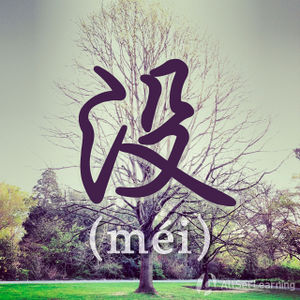Difference between revisions of "Inability with "mei banfa""
| Line 28: | Line 28: | ||
[[Category:A2 grammar points]] | [[Category:A2 grammar points]] | ||
{{Used for|Describing actions}} | {{Used for|Describing actions}} | ||
| + | {{Used for|Expressing impossibility}} | ||
{{Basic Grammar|办法|A2|没办法 + V|我 <em>没 办法</em> 帮 你。|grammar point|ASGI2KHC}} | {{Basic Grammar|办法|A2|没办法 + V|我 <em>没 办法</em> 帮 你。|grammar point|ASGI2KHC}} | ||
{{Rel char|没}} | {{Rel char|没}} | ||
{{POS|Verbs}} | {{POS|Verbs}} | ||
{{Subprop|Verb phrases}} | {{Subprop|Verb phrases}} | ||
Revision as of 07:24, 21 June 2013
-
Level
-
Similar to
-
Used for
-
Keywords
The following article shows one of the best ways to say "there's no way" in Chinese.
Structure
One easy way to express inability is to use the phrase 没办法 (méi bànfǎ). Literally this translates as "to have no way", and is commonly used in situations where something is not possible. The structure:
Subject + 没办法 + Verb + Object
Examples
- 我 没 办法 帮 你。There's no way to help you.
- 他 没 办法 去 中国。He has no way to go to China.
- 我们 没 办法 出去。We have no way of going out.(maybe we are busy, etc.)



